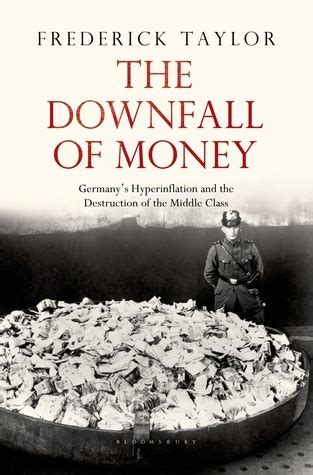The significant spike in company bankruptcies in Germany has reignited conversations about the country’s economic health. As the data reveals a troubling trend, many are left wondering whether these businesses are relics of a past unable to adapt, as suggested by one commenter who alluded to companies that still rely on faxes and consider the internet a fad. This raises an important point about the digital transformation—or lack thereof—in Germany’s corporate landscape. Adaptability in this digital age is crucial, yet a number of businesses remain anchored in outdated practices, crippling their ability to survive in a competitive and fast-evolving market.
Against this backdrop, it’s essential to consider other perspectives that challenge the prevailing doomsday narrative. One insightful point is the broader economic context that these bankruptcies fit into. For instance, a reference to Volkswagen’s CEO presenting an optimistic view of Germany’s economic performance stands in stark contrast to the wave of insolvencies. Similarly, the record-low unemployment rates in the EU underscore the complex and often contradictory nature of economic indicators. Such divergences invite us to question whether media emphasis on negative stories skews public perception and impacts investor confidence.
Economic discussions often turn into a blame game, as exemplified by debates over the causes of inflation in the U.S., involving past administrations and ongoing fiscal policies. The discussion on Trump’s unrestrained borrowing, as well as the long-term effects of sustained government borrowing since 2009, illustrates the myriad of factors contributing to economic instability. Yet, as one user pointed out, the direct impact of government borrowing on inflation is not straightforward and involves multiple factors, including production and import dynamics. This complexity is mirrored in Germany’s situation where regulatory changes and energy costs are significant contributors to the uptick in bankruptcies.
Ravenous regulation and surging energy costs are recurrent themes in the analysis of why German companies are struggling. The abrupt shift in Euribor rates, moving from negative to positive in 2022, represents a pivotal point impacting numerous businesses. Energy-intensive industries and real estate have felt the brunt of these changes acutely. The collapse of the privileged period of low energy prices further exacerbates the challenges businesses face. These regulations, though well-intentioned, often inadvertently exacerbate the vulnerabilities of businesses already teetering on the edge of insolvency.
Finally, there’s the criticism directed at financial journalism itself, accused by some of projecting a sensationalist viewpoint by reporting isolated data points without adequate historical context. This critique is underlined by long-term statistics that depict a more nuanced picture. The temporary changes in bankruptcy laws during the COVID-19 pandemic allowed failing companies an extension on their survival timeline, which partly explains the artificially low insolvency rates in 2020 and the subsequent spike thereafter. Understanding this context allows for a more balanced view that acknowledges the role of external shocks and regulatory phases in shaping economic outcomes.
In conclusion, while the spike in German company bankruptcies is undoubtedly alarming, the narrative woven around it is multifaceted. It’s a confluence of outdated business practices, regulatory impacts, and the aftermath of pandemic-era policies. The real challenge lies in discerning the broader economic patterns and learning from them to foster a more resilient and adaptable business environment. As the debate continues, it’s essential for policymakers, business leaders, and the public to engage in informed discussions that consider these complexities.


Leave a Reply